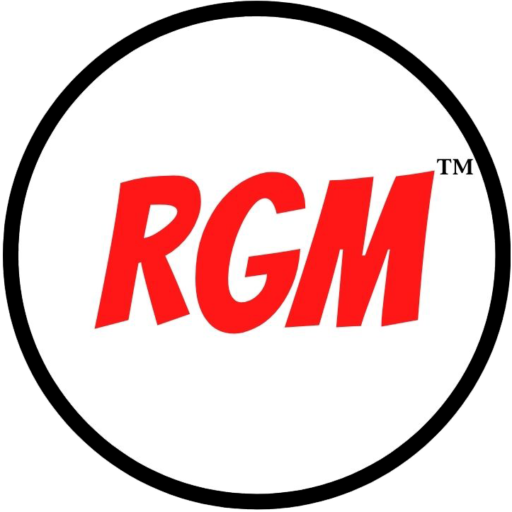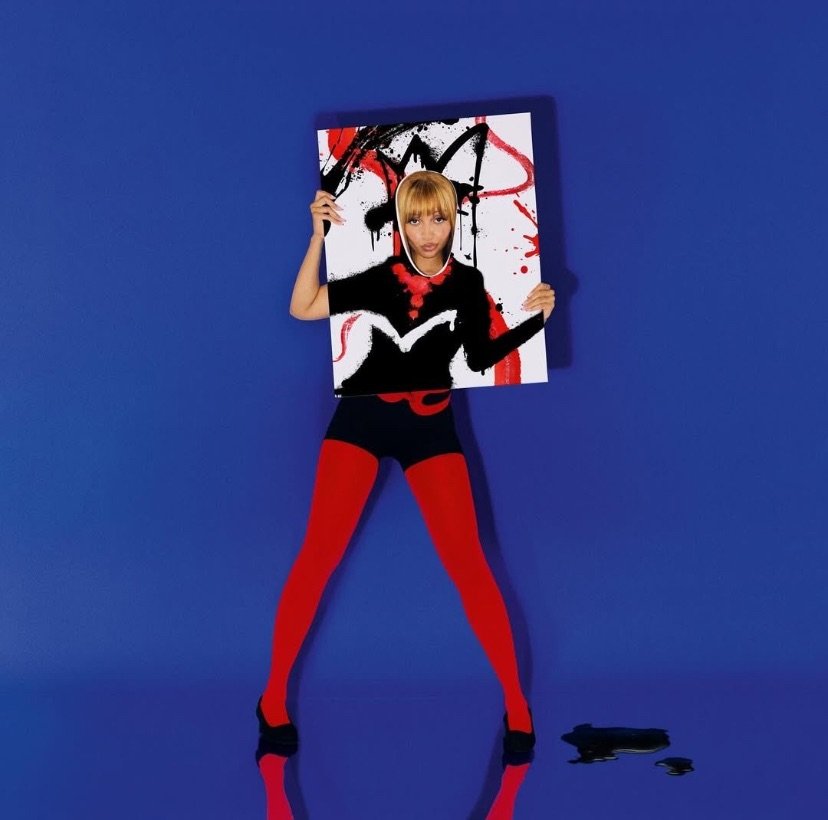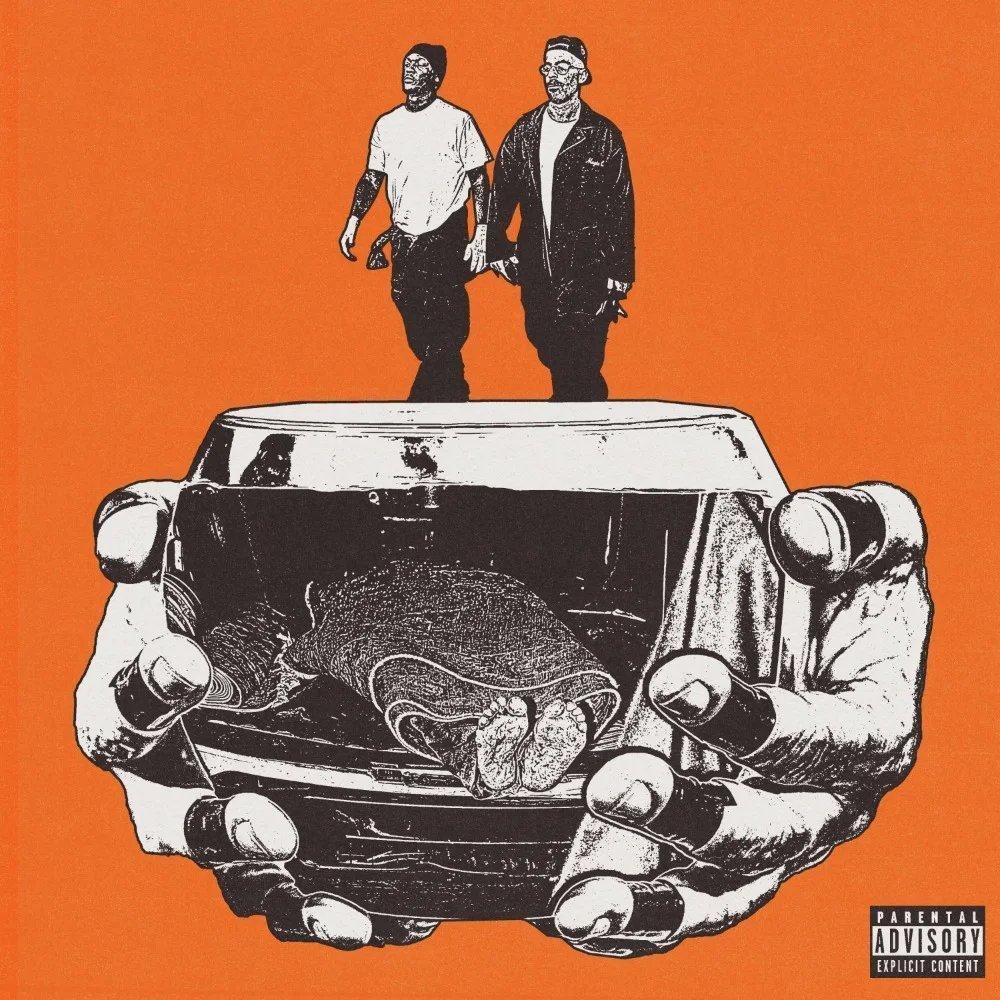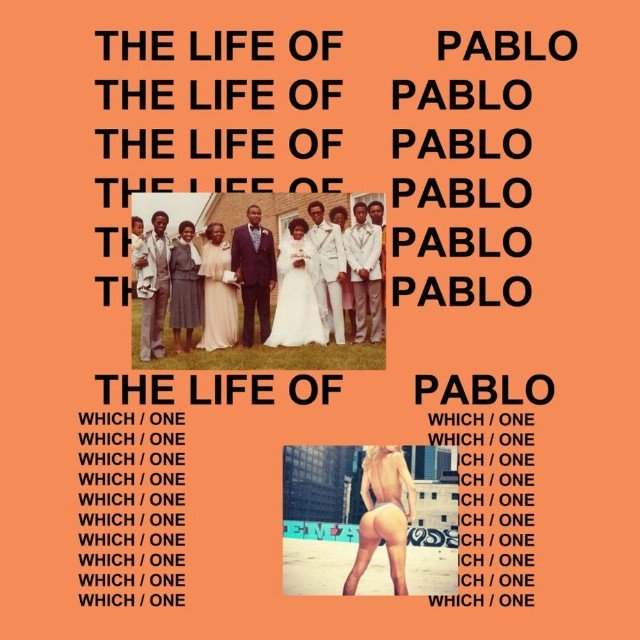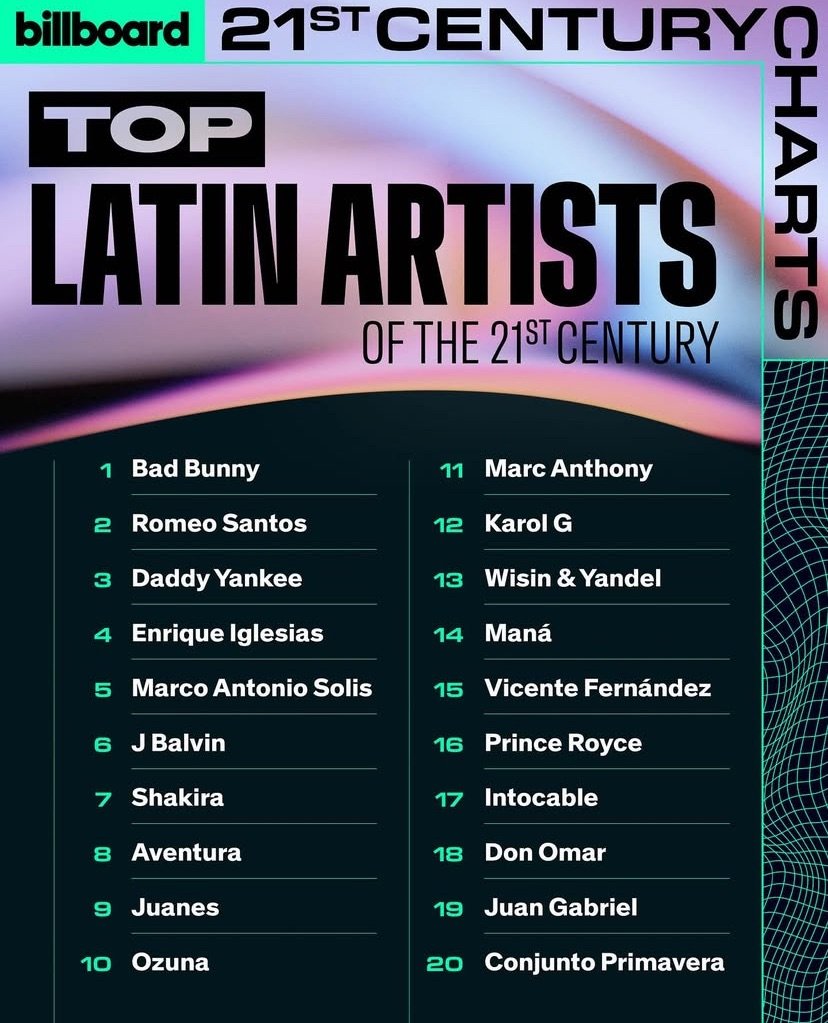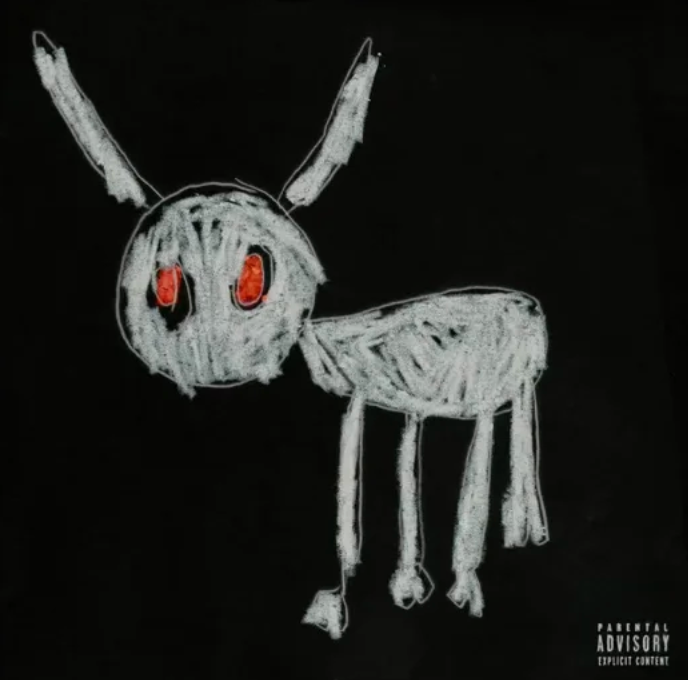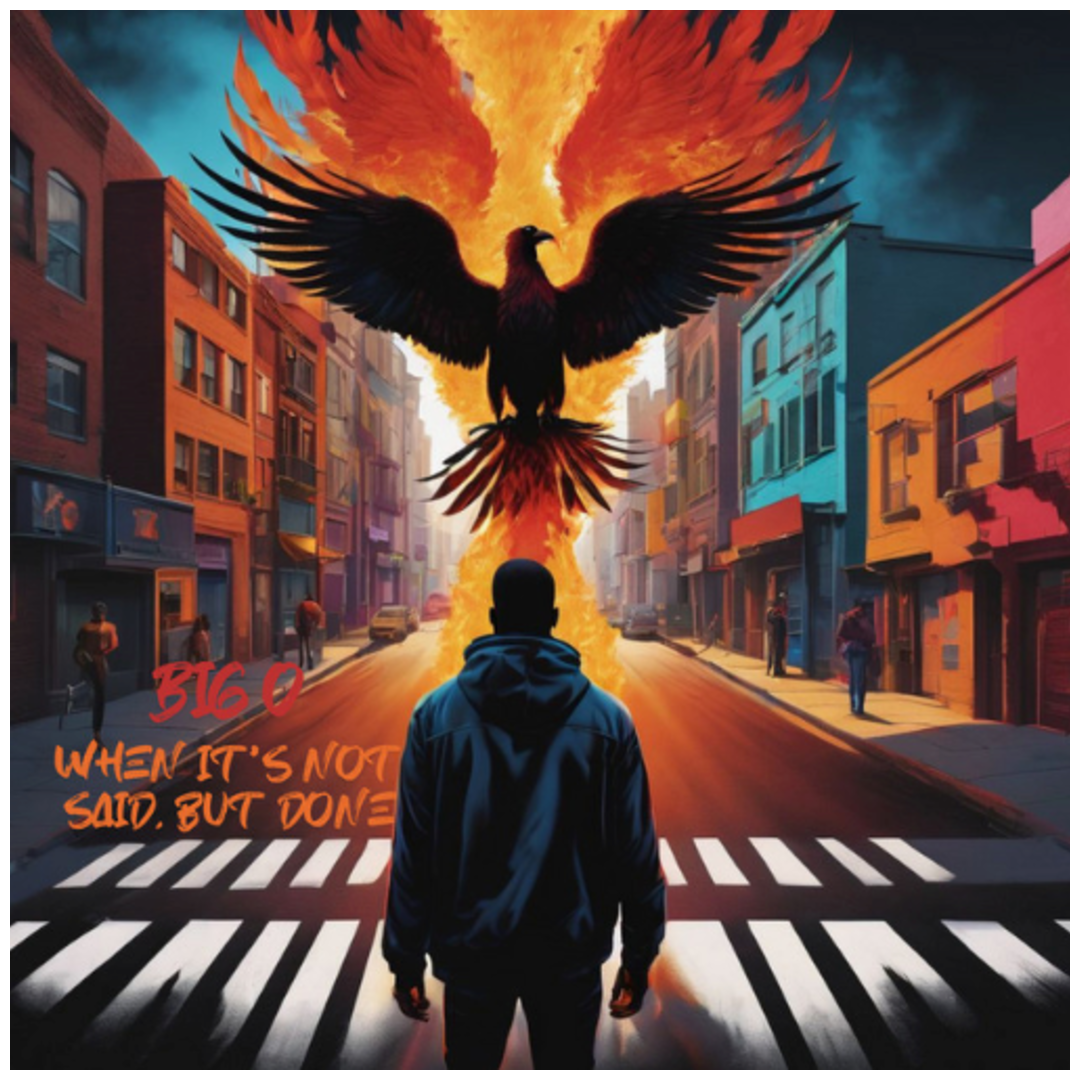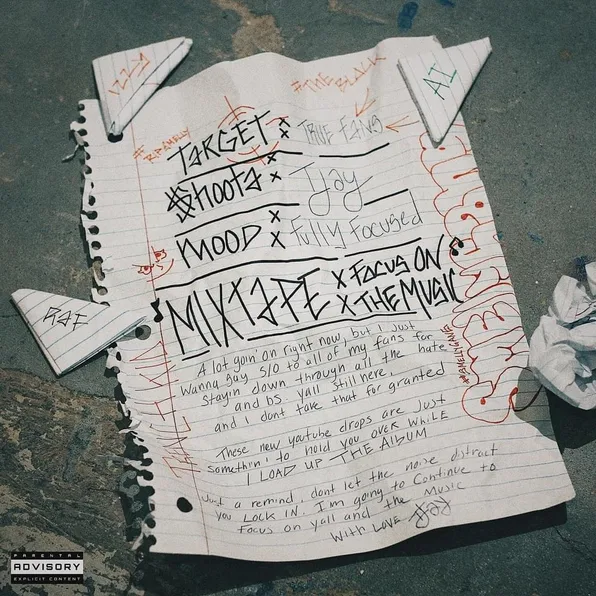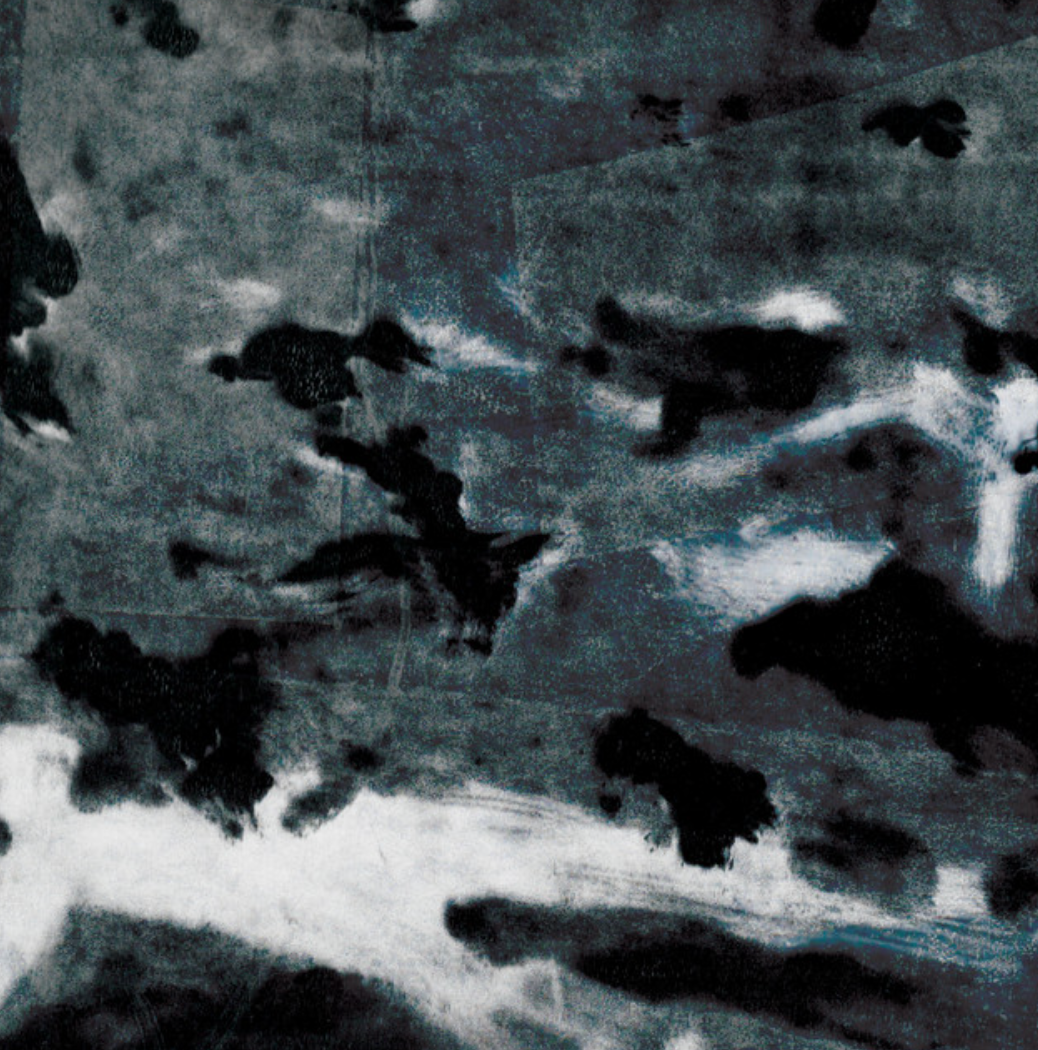
The following is an interview between your humble RGM movie critic (Will) and two incredibly talented, generous, and kindhearted individuals, producer Arnold Janssen and writer-director Bart Schrijver. Their new film, The North, is now available online and is premiering in European theaters. I cannot recommend it enough.
The gentlemen were kind enough to take some time out of their day to talk to me about the film, their relationship, and how they circumvented the traditional film distribution system to find a method that works for them. What follows is a slightly abridged version of our conversation.
WILL: Thank you guys so much for taking the time to talk to me. I would like to, first and foremost, express my gratitude for meeting with me, and also thank you for sharing The North. I found it to be a really tremendous film.
If it’s alright with you, I’d love to start by just reading a quote. Charles Dickens said, “The sum of the whole is this: walk and be happy, walk and be healthy. The best of all ways to strengthen our days is not to steal hours from the night but to walk steadily and with purpose.”
I was curious if you had any thoughts on that, having now made two feature films, Human Nature and The North, about the hiking experience?
BART: Well, the first half, I agree with. The second part… walk with purpose? I think one of the nice things about walking in nature is that you can also have it without any purpose. For me, the purpose is often just to enjoy it and be there and empty your mind; have no external goals. I think that’s one of the beauties of nature.
But the beginning, definitely… I think if more people would do this at least once in their life, experience having to talk to themselves for a while, getting to know themselves a lot better? I think it would help. If I look at myself it helped me a lot, getting to know myself a bit better. It always made me a better friend or a better partner. I think in my films, that’s one of the goals; to give the characters this time and space.
WILL: Speaking to that personal element of the hike, I found embarking on the viewing experience of the film to be very much tied in with the character’s own hiking journey; very immersive and symmetrical in a way. Does that also speak to a kind of journey that you and your team went on in the filming of it?
ARNOLD: I wasn’t there. I was the guy in the chair. One time, we had a weird microphone break in the middle of nowhere. It’s my job to remotely fix that issue.
WILL: Okay, wow…
BART: For me personally, during the filming, I’m in charge of this group of people, and I need to guide them. Through the landscape and through the film. My job is more focused on making sure that everyone else can do their job. I think the other people had a little more of the experience of the film for themselves, but for me… that experience is more in other travels. The film is based on two things: a trip I took with a friend of mine, walking from New Zealand, where we did 3,000 kilometers over four and a half months. A lot of the things you see in the film are a little bit dramatized scenes from that. Not always, but it’s pulled from what we went through together. The other thing is a relationship I had with a friend, he was my best friend growing up, and then, you kind of go different paths.
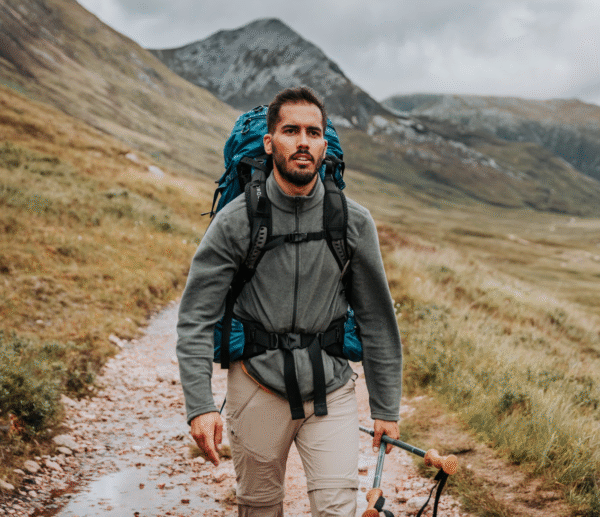
WILL: On the subject of friendship and relationships, I found your film to be a really touching and really authentic portrayal of masculine relationships. I feel like The North speaks to modern masculinity in the same way that something like Fight Club or I Love You, Man spoke to the masculinity of their generations. Did you go into this with the intention of creating a commentary of sorts on masculinity, or was it more just something that emerged in telling this personal story?
BART: I think it’s a mix. I’m a man, and I did grow up in our time but… my journey making films has been all about getting closer to my own emotions and trying to figure it out. Making films is a way for me to do that. But I also saw that… there is this strange mix of it’s difficult to show emotions, and when you do, it isn’t always appreciated. On my journeys with my friend in New Zealand, we walked for four and a half months and had maybe four or five good conversations. Even though you’re together so much, how well do you actually know each other, like intimately? I kept a diary for the full journey and read it back before filming.
WILL: I would love to talk about the two main characters. It’s fascinating to hear you talk about just how personal of a story this is for you, because one of the real strengths of the film is that the work doesn’t side with one character or the other. They are dual protagonists and are both fallible human beings who make mistakes, but the film is so deeply empathetic to both of them as individuals.
BART: The idea of the cinematography was that we’re a third person on this hike. So we can never jump through space. We had a couple of these limitations laid out for what we could do with the camera, so we needed to have these cross-over moments visually to pass you from one character to the other… I didn’t want to choose a side because they’re both right, and also they’re both wrong. Different people will connect with a different character, and say ‘this guy is an asshole.’ In the end, they’re both being an asshole sometimes.
WILL: The performances are so strong as well, and it feels so much like the film is built around them. Was everything mapped out, or was there improvisation on-set?
BART: There’s a lot of improvisation. I started writing the script in February, and we made the film in August. We didn’t have a lot of time, we had the money together, and had to go. But when we’re making the film, we don’t know what the weather is going to be like on location; there’s no telling. Because we shot chronologically, the actors change, and they put so much into the characters. When something interesting happens, they could even change a lot of the script. I would take that and then, at night, rewrite the next day’s scenes based on it. So there’s a script that we follow, but day by day, things could change a lot.
WILL: To my ear, at least, I didn’t hear any score until the final moments of the movie. Was that something you decided from the outset, or was that a discovery you made in the editing room?
BART: For me, it was from the start. When I was there, that’s what you hear. If I really wanted to give the experience of what is it like to be here then, the sounds of nature is what it is. You can make anything more immediate if you put in music, and it could be beautiful, but that’s not really the point here.
Especially with The North, what I noticed was that when you’re so stuck in your own head, the sounds of nature might not be so crisp and clear. But then, there are a couple of times in the film where all of a sudden, like the final scene on the beach, the characters are there. They are totally in the moment, and you hear that in the sound. Having the sound of nature was very important to me, as was having that silence.
WILL: I found it quite beautiful, personally, that, whereas so much of the film externalizes these internal beats onto canvases of hard rock and terrain, the two most vulnerable scenes take place on the beach. The external surface has been eroded away for the location and also for the characters in a way. Was that something you came to early on?
BART: Well… no. (laughs)
WILL: (laughs) Magic on the day.
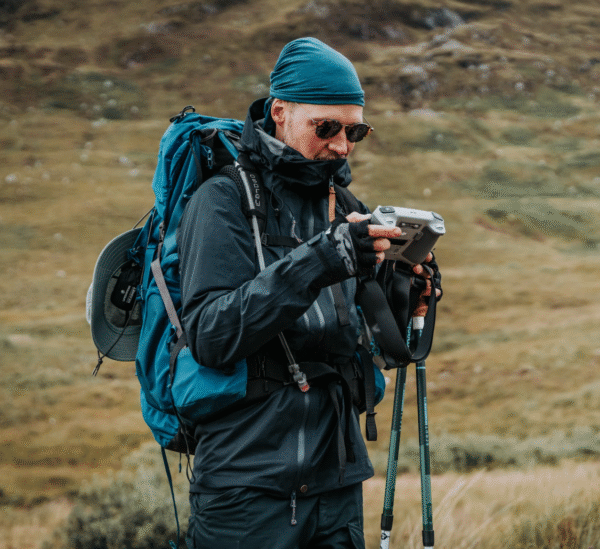
BART: The way that I write the film is I go and walk the path. I make notes of interesting places that I see where I think ‘I could do something with this.’ But it’s also because it’s on the path, so sometimes things work out and the meaning behind it becomes something people can read into for themselves. The beach was also something that was practical and beautiful. But in the end, if it works, there’s more things that you can see in it, which is always interesting and beautiful.
WILL: I also found what the film had to say about the idea of aging and, what you were speaking to earlier, about getting to a certain age and realizing that your path is maybe diverging from what you’ve known. I loved that singular shot with Bart’s character on the beach that tracks him going back and forth, because it felt like such an encapsulation of that.
BART: Right, he feels like it’s too much. But what is exactly too much? Even he doesn’t know. In a lot of films, people go on a path, they go on a journey, and at the end, we’ve learned stuff. But if I look at myself on these hikes, I’m never aware of what I’ve learned. I’ll realize it a year or two later and think, ‘oh fuck, that’s what it is!’ So here, it’s more like collecting puzzle pieces, and maybe things are interesting that way. In the end, you feel like things did have an impact, but what it is? I think he’ll find that out in the next couple of years, like we all do.
WILL: For me, that was part of what made these characters’ arcs so affecting. It didn’t feel like a straight line connecting a series of beats; they very much felt messy, real, and lived in.
BART: Yeah.
WILL: Arnold, you both spoke earlier about how the money was there for this production at a certain time, I would love to hear about getting the funds together for this independent film and making the choice to actually film it by hiking on the trail.
ARNOLD: Well, there’s actually very deep thought behind it. The film industry in Europe is very heavily government-funded, which isn’t a bad thing, but that’s the way to keep the industry going, otherwise there is no industry here. For example, for this film, we currently have booked 50 of the 60 or 70 art-house theaters in this country that will play a film like this.
WILL: That’s great!
ARNOLD: I know that’s nothing for Americans… But if you do the math, you can also see that if 1,000 people go to fifty different theaters at ten bucks a ticket, you can make a film for 500,000 bucks and have it be feasible. But 50,000 people are a lot to get to the cinema. So that’s why there are all these government programs that invest in filmmakers with grants and funds. The issue with this system is that our country is very small, and what filmmakers wind up doing is not making films for an audience, but rather making films to get accepted by the board film fund, because that’s how they can make a living.
So it’s all dependent on the taste of a film board, and what they think the festivals want to see. Because of that, the Dutch film industry has taken a massive blow. It gives the impression that getting people into cinemas is not something that is taken into consideration as much as it should.
So Bart and I, we were always like, ‘we want to get an audience together, but how do we get the money?’ So we decided to distribute the work ourselves, put it on our own platform, and send out ads to people who love hiking films. That way, we get it to our audience and grow our audience. But we still need money, so we go to brands that also target this audience, so outdoor retailers or travel agencies. If we were going to make a film this way, on the trail like Bart wanted to, I figured since people are so interested in, you know, Chris Hemsworth’s six-pack workout tutorial on YouTube.
WILL: (laughs) Yes…
ARNOLD: Why don’t we bring a second camera and shoot content all along the way for our partners? Then I sell that content and with that income, we pay the cast and crew.
WILL: Oh wow…
BART: Yeah, so it’s not like we go to the film jury and say, ‘can you please give us free money and sponsor us?’ Instead, we are a couple of different companies at once: a content creation company, a film production company, and in the end, we’re a distribution company as well.
ARNOLD: We decided to go outside of the system and distribute it our own way, but now, funnily enough, were also going to play in theaters. So we’re also in the system, but it’s more of an add-on for us rather than being the goal.
WILL: That’s so smart, and it all gets to be in service of the film and getting it to audiences.
BART: This is a six-year, seven-year process. It didn’t come fully fleshed out. We were very lucky. Lucky and stupid… a very good combination.
ARNOLD: Pure luck.
WILL: To close things out, I would love to ask if there were any cinematic influences you returned to time and again in crafting the visual language for the film with cinematographer Twan Peeters?
BART: Yeah, a couple. Not really for the visuals. The way I work with Twan now is more instinctual, so we come to a location, talk about what shots we’re going to do, and make the shot list in that moment. Then, we often do something totally different. We’ll do the first shot, but then say, ‘Oh, it would be cool if we did this.’ The long takes, for example, like the last one on the beach? What we do is we have a starting position and a couple of things that we kind of want, but we both have no real idea what’s going to happen. And then the actor and Twan, they need to respond to each other, and I’m just kind of along for the ride.
For style and atmosphere, a film that had a big impact on me was An Elephant Sitting Still by Hu Bo. It’s this four-hour Chinese film… what he did, and for me it was the first time that I saw this, he did long takes, but it was often of someone walking from one part of the street to another. You just kept walking with him for a minute; there was no cutaway. Because of this, the length of a shot suddenly had such a different meaning. What is this trying to say? Because now it’s not about the people in the scene anymore, it’s about more. It’s about the length of it, time becomes something very different. I realized you could have a shot that lasts five minutes where very little really happens, and it could have a gigantic impact on what it is trying to tell.
But visually, we kind of have to do with what we’ve got. I cannot say ‘I want exactly this shot.’ If the weather’s not there on the day, it’s not there.
ARNOLD: Sometimes it really works out in our favor, though. For me, at least. There’s one scene in the film, the one where they go watch the sunrise, but it’s completely cloudy.
BART: Yeah, for me, when shooting, it’s like, if it was a beautiful sunrise, it’s good. But if it’s cloudy, also good. I think now that the sunset isn’t good, I like that scene better.
WILL: Yeah, I completely agree.
BART: It’s a unique process because with film, you often try to control as much as possible. For us it’s like accepting ‘okay, we have no control.’ So let’s not fight that, let’s embrace it as much as possible.
Bart and Arnold are currently working on a new film, their third feature collaboration together. The film is currently untitled, but we here at RGM will absolutely keep you posted on when, where, and how to see their next work. Check out The North today.
Discover more from RATINGS GAME MUSIC
Subscribe to get the latest posts sent to your email.

